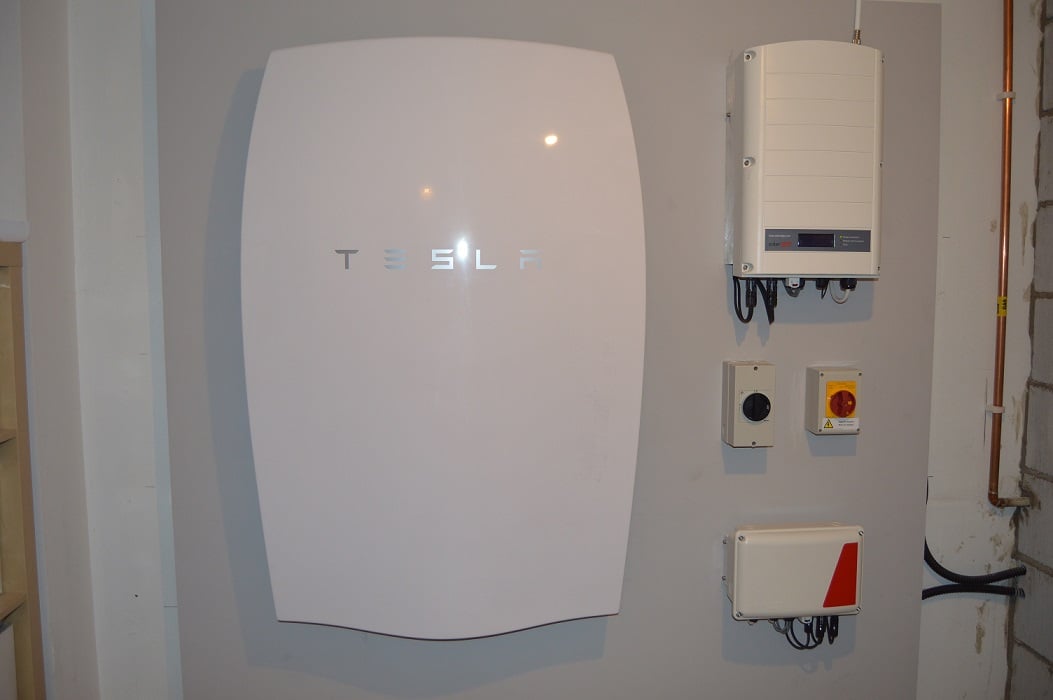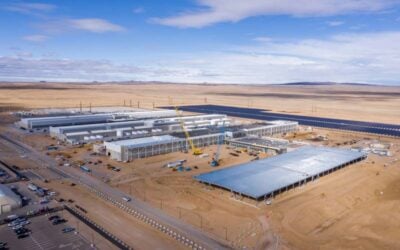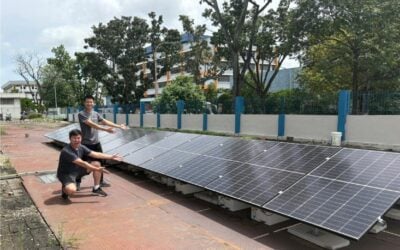
Virtual power plants (VPPs) can greatly increase the value of home energy storage systems for a range of stakeholders including grid operators, utilities and their customers, according to SolarEdge, which has just launched a VPP software platform.
The Israeli company, known for products ranging from power optimisers and inverters to monitoring and energy management solutions, has over the past couple of years introduced more energy storage compatible inverter products and management solutions to markets including Europe and the US.
Enjoy 12 months of exclusive analysis
- Regular insight and analysis of the industry’s biggest developments
- In-depth interviews with the industry’s leading figures
- Annual digital subscription to the PV Tech Power journal
- Discounts on Solar Media’s portfolio of events, in-person and virtual
“The one word that is most important here is aggregation,” Lior Handelsman, VP for marketing and product strategy and also one of the company’s founders, told Energy-Storage.News of the platform, which Handelsman said “starts in the cloud”.
Essentially, VPPs take numerous battery energy storage systems, typically sited behind-the-meter in customer’s houses, and aggregate together their capabilities. It means they can be more easily controlled by the network operator and can be used to provide grid services.
“To take one example: [Let’s say] you are a network operator, tasked with stabilising the grid and keeping the grid stable. There are so many different distributed generation resources on the grid making your task more and more complex,” Handelsman said.
Network operators could be constrained by money, space or time from building out new infrastructure such as substations in neighbourhoods where there is high peak demand in summer. Instead those same operators could take advantage of growing numbers of distributed energy resources (DERs) on their grid that include solar PV systems, EVs and EV chargers and of course battery energy storage systems.
“If you have a peak in a specific suburb, all you need to do is tell the storage systems in that suburbs to feed energy just for a few minutes into the grid to support that peak. Or if you have a peak you ask all the EV chargers in that area to stop charging or throttle down their charging for a few minutes. These are the bigger examples, but that can be made more and more complex as the challenge becomes more and more complex,” Handelsman said.
‘Algorithms break down complex requests into simple commands’
The software platform is able to take the commands of the network operator and figure out how to target a specific problem whether that be providing 2MW of power for three hours to a certain part of the network, 1MW of power for two hours and so on. The software’s algorithms “break down” the network’s request into simple commands and relay those commands to what could be many thousands of systems at once. This includes delivering grid services such as frequency regulation, which in many territories has a technical barrier to market entry that requires several megawatts of resources to be available.
In an interview, Handelsman asserted that unless these types of services began to be offered across electricity networks, “the proliferation of PV will slow down”.
“This is basically turning DERs into the friend of the network operator, not the enemy of the network operator,” Handelsman said.
The platform can be retrofitted to some, though not all, existing SolarEdge systems, with third-party compatibility also on the way.
As well as appealing to network operators, energy suppliers could use the solution for arbitrage, hedging between the price suppliers pay in the wholesale market – which is subject to fluctuation – and the retail price suppliers offer to their customers, which is fixed.
Ultimately, SolarEdge’s Handelsman said, there are many ways that VPPS can provide benefits to stakeholders across electricity networks. Markets including the UK, mainland Europe, the US and Australia are among SolarEdge’s regions of initial focus for the new platform.
“It’s clear that there is only value in aggregation if you have enough systems and that means it value across the network. You can use the same VPP at different times a year to provide value to different stakeholders,” Handelsman said.
“Energy suppliers need the VPP for the spikes in the wholesale price, network operators need the VPP when they have local peaks in demand, which they cannot meet in a specific area. You can take the same VPP and give value and gain revenue for different stakeholders at different times of the year.”
Energy-Storage.News has reported on various configurations of virtual power plants in the past couple of years, from a diverse range of product and service providers and in diverse territories, with some of the biggest to date including several projects in Australia, Canada and the US, while Japan is getting its first networks courtesy of US company Stem Inc through a trial deployment project. Many of these have been on a planned, large project basis, often involving hundreds or thousands of homes, although in Germany, Sonnen has launched SonnenFlat, a type of VPP business model where customers pay a flat rate for electricity lower than their existing utility costs, in exchange for the systems to be used for providing grid services.






